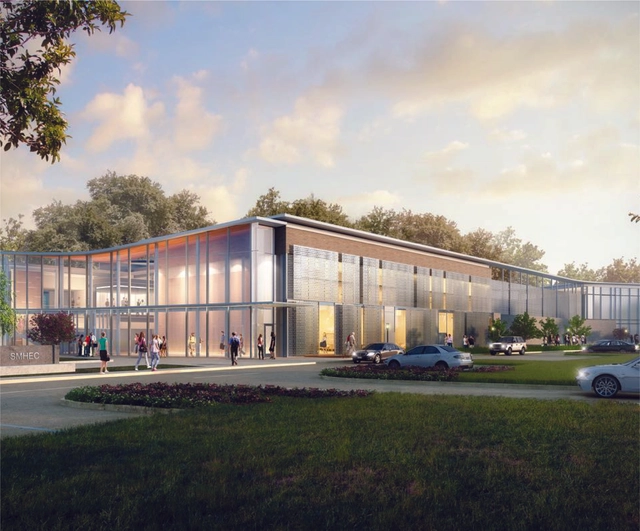
BIG – Bjarke Ingels Group supports APM Terminals and Maersk in reimagining the shipping industry's future with a master plan for the Aqaba Port Terminal in Jordan, expected by 2040. Considered one of the most strategic ports in the country and an important gateway to the Levant region, the 3 square kilometers plan will merge different strategic approaches at the regional scale, starting from the terminal refurbishment, expansion of the logistics functions, and connecting to the broader port's community and natural environment.
The master plan for Aqaba Port aligns with the global net zero goal for 2030, to which BIG has actively contributed with projects such as the CapitaSpring Tower in Singapore with Carlo Ratti Associati and the recently announced 3d-printed community in Texas, co-designed with ICON.




















